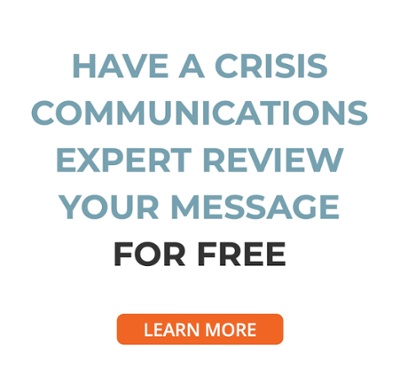When communicating, it’s essential to know your audience, and we don’t just mean identifying it as internal or external, current customer or prospect. Knowing your audience means listening to their problems and really understanding their pain points. In the workplace, we often suppress our emotions, but expressing empathy can actually help you find a solution that is beneficial to your audience’s biggest challenges.
Here are three ways that using empathy will help you better connect with your audience.
Turn on your empathy through effective listening
How do you get those mirror neurons going? Host a focus group or round table, giving your audience the opportunity to voice their concerns to you. You could even set up individual conversations to get to know members of the group on a more personal level.
Ask your audience key questions like, “What is the biggest hesitation you have with the upcoming change?” “Why does this process make your job difficult?” or “What are some of the challenges you deal with based on the current resources you have?”
Listening to your stakeholders will help you understand where they are coming from and how to best approach a solution.
Build trust through emotional validation
Hearing your audience is one thing, but did they know you were listening? Before you propose a solution, it’s essential that you validate their emotions. For example, let your team know that you can see why undergoing a change in management would make them uneasy, or that you understand why the current process is frustrating. When people hear their problems repeated back, they feel validated, and not so alone in their pain. These feelings can lead to increased trust that you will help find a solution.
You can also use this practice when communicating with prospective customers. State the issues you know they are facing and confirm that your understanding is correct, before you pitch them on how to solve their problems. For example, if you’re trying to sell accounting software, acknowledge that keeping organized books can be frustrating, time-consuming and cause a lot of headaches before you offer a solution that will alleviate those pain points. This method will prove to the customer that you understand their biggest problems, and they’ll trust that your solution will be effective.
Communicate with the right timing and tone
Once you’ve listened to your audience and validated their pain points, you’ll have gathered key information to help you communicate the change or propose a solution. Depending on the situation, you might be communicating a new internal process or reorganization, or you could be pitching a product solution. Knowing your audience, how would you want this message delivered? Understanding when and how to communicate is just as important as the solution itself.
Let’s say you just learned that your team feels like the last to know about big changes. Announcing a transition to their leadership company-wide before first announcing in person to your team will frustrate them further, and you may lose some of the trust you’ve built with them. When you do communicate the change, be sure to address any pain points they brought up, and explain why this change in leadership will help alleviate them.
When proposing a solution to a customer, pay attention to when you are reaching out, and how you frame your messaging. Your message will likely get lost in the noise if you reach out during their busiest time of year or just before a holiday. Your tone is just as important. Instead of telling them they should buy your product, explain why doing so will improve their day-to-day. This will help frame your proposal as a helpful solution, not just a sales pitch.
Feeling good about empathy?
Using empathy in both your communications may require a shift in the way you approach problems and reach proposed solutions, but by following the above steps, you’ll build a much stronger connection with your audience. This may even help you anticipate future problems that you would otherwise not have seen coming.
Want to learn more about unlocking empathy as you craft your communications? We’d love to chat with you!



